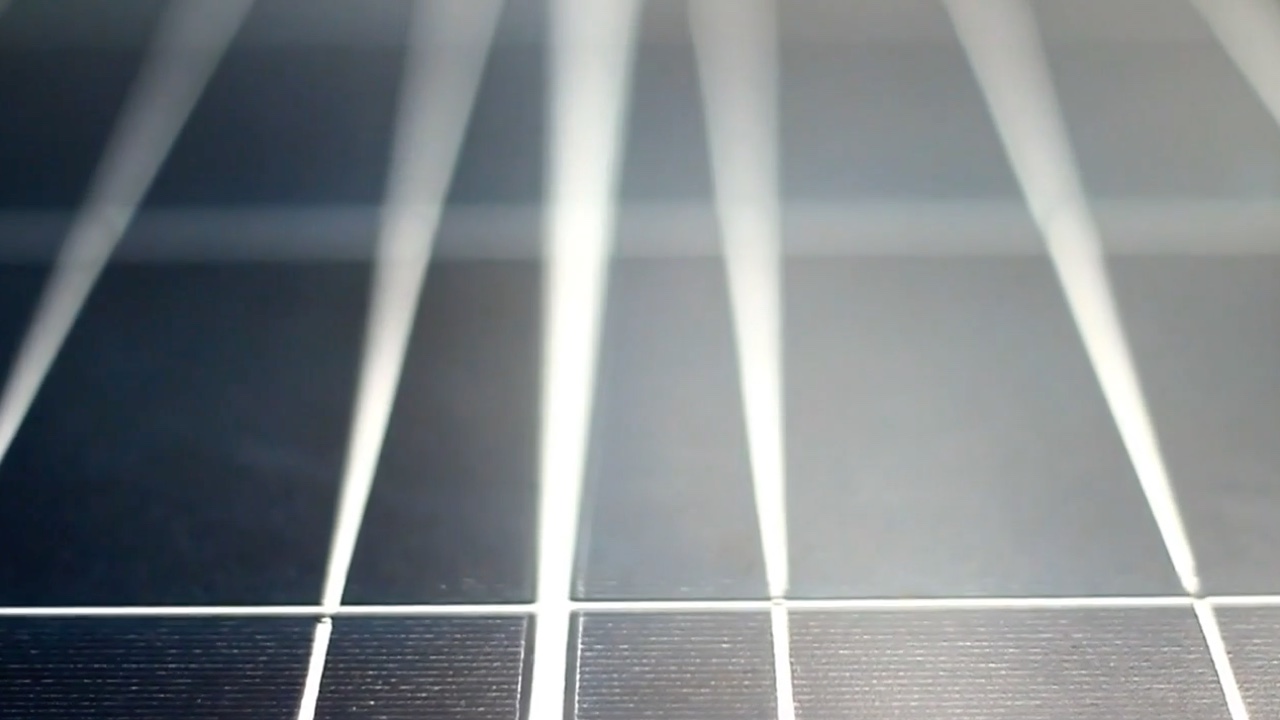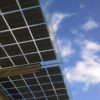Sinton Instruments has presented a talk and paper at the EUPVSEC regarding IEC standards. When using best practice within industry, the spectrum of most solar simulators have little effect on the accuracy of the result. However, if there is a significant spread in the spectral response of the cells or modules within production lots, then this can create an uncertainty in the power measurement of cells or modules.
This paper follows a methodology developed by Herrmann to study this effect. The main results are that the effect (for a set of multicrystalline and a set of mono-crystalline cells) is quite small, introducing a standard deviation of a few parts per thousand for a moderate sized sample set.
The paper also confirms, again, that the spectral classification of the simulator do not give a reliable indication of the accuracy of the test, as measured by spectral mismatch factor (a bias error), or with the uncertainties introduced by spectral variations within production of cells (a random error).
This is the fourth paper in a series on the topic of best practice for cell and module measurements, and the relationship to IEC standards methodologies.
See the conference proceedings here



